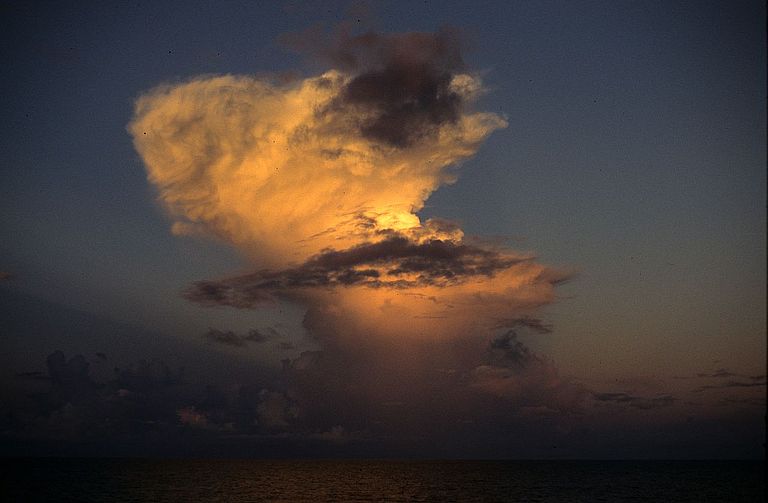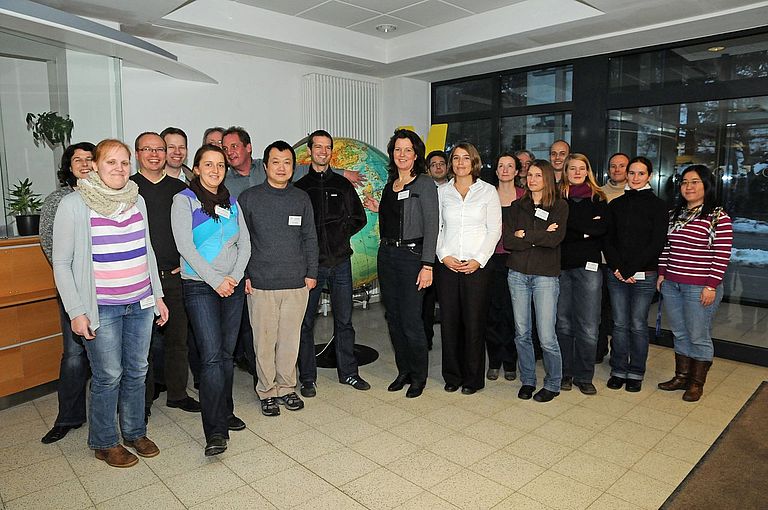Oceans and the Ozone Hole
International meeting on ozone depleting substances in Kiel
At least in the Northern Hemisphere, the ozone hole is no longer a hot topic in the public. After the limitation of the emissions of ozone depleting substances (ODSs) in the Montreal Protocol, the problem is regarded to be solved. Nevertheless, the ozone hole is still there and even not much smaller than before. This is caused by the long lifetime of the ODSs but also due to a feedback with the greenhouse effect. In response to the warming of the lower atmosphere of the Earth, the upper atmosphere is cooling. At lower temperatures in polar regions ozone depleting processes are more efficient, thus there the recovery of the ozone layer is delayed even of the concentrations of ODSs are shrinking.
Apart from the anthropogenic ODSs emissions also natural substances such as chlorine and bromine can reach the stratosphere. An important role for the transport plays the deep convection in the Tropics. Here the ODSs that partly originate from the oceans are quickly elevated into the stratosphere and there they are distributed globally. In order to estimate the amount of ODSs and to better understand their transport processes, the EU has funded the project SHIVA (Stratospheric Ozone: Halogen Impacts in a varying Atmosphere) within the 7th Framework programme. The project has 13 partner institutions in five European countries and Malaysia. From January 6-7, 2011, more than 20 scientists met at the Leibniz Institute of Marine Sciences (IFM-GEOMAR) in Kiel, Germany to review the project that started in July 2009 and to plan an international field campaign, taking place during fall of this year in the South China Sea. For the experiment, the scientists will use the research aircraft FALCON of the German Aerospace Centre (DLR) as well as the research vessel SONNE for marine observations. “During the field campaign we want to generate a comprehensive data set in order to make qualitative as well as quantitative estimates on the amount of the transported material, the transport paths and chemical reactions”, says Prof. Kirstin Krüger, professor for meteorology at IFM-GEOMAR. “At IFM-GEOMAR we have a long-term experience to measure the ocean-atmosphere exchange of trace elements. Therefore we can contribute significantly to the marine part of the problem”, Dr. Birgit Quack, marine chemist at IFM-GEOMAR adds. Both scientists are already experienced by other projects in this context and they are now looking forward to welcome the participants of the SHIVA workshop. “We are already curious on the results of the field campaign”, adds Prof. Krüger.
Contact:
Dr. Andreas Villwock (Communication & Media), Tel. +49 431 600 2802,
avillwock(at)geomar.de





